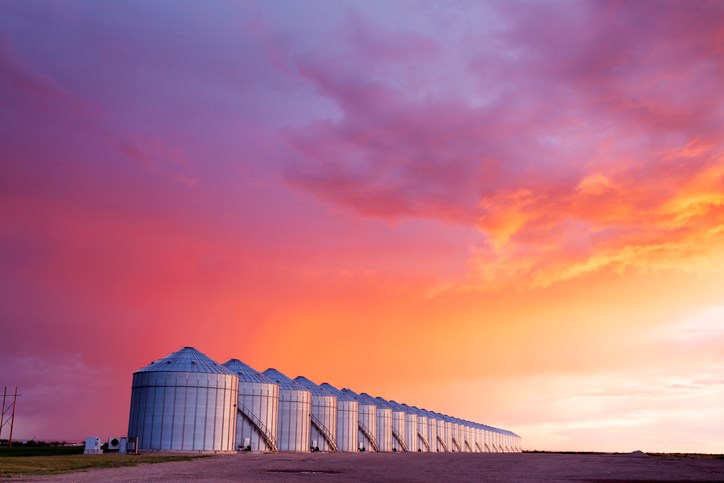As is the case with modern day elections, agriculture is not expected to feature heavily in the political debates being had in advance of Canada's upcoming vote.
Since taking office in 2015, Prime Minister Justin Trudeau has had plenty of opportunity to demonstrate to farmers his version of the Liberal party can be one that works for them.The Liberal government has failed to convince farmers that is the case, however, and most rural seats are once-again predicted to go Conservative.
A major, climate-focused investment in agriculture during the most recent budget failed to gain much enthusiasm in rural Canada, and stakeholders can still point to a long list of policies they would like to see advances on.Gripes over a lack of rural internet connectivity, research funding and trade barriers are long-standing and still justified. Members of lobby groups, such as the Canadian Federation of Agriculture and the Grain Growers of Canada, continue to regularly include such items in each iteration of their election wish lists.
Perhaps most intriguing will be how parties look to frame discussion around the next Agricultural Policy Framework. Facilitating those negotiations between the provinces and Ottawa will be high-priority for whoever gets named Minister of Agriculture.Doing so in the current context, featuring prairie provinces pushing for more federal funding and a total reform of risk management programming, won't be easy.
Issues like risk management and international trade are important for farmers, but realistically most mentions of agriculture in this election will be seen through the lens of climate change, which is once again ranking high among voter concerns.
On this front, the Liberals have staked their fate to aiding farmers in a transition to a green economy, highlighted by the 2021 budget. The party has yet to put forward a specific campaign platform, but producers already have an idea of what a Liberal government does for agriculture.Since introducing a price on carbon, the Liberals have re-tailored the program to make it less harmful on producers. Most recently, that meant offering more relief, via rebates, for natural gas and propane use.
Arguably the Liberals greatest contribution to agriculture in recent years has been its commitment to investing in climate change.The merits of carbon pricing, and more broadly climate change, are largely what the 2019 election was fought and won over. Most Canadians voted for a party with a carbon pricing scheme.
The Conservative Party of Canada recognizes this, at least to a degree, under the still-somewhat fresh stewardship of Erin O'Toole.
Having now abandoned any opposition to carbon pricing, the Conservatives' new agricultural platform really doesn't sway too far from what the Liberals propose.According to its platform, a Conservative government would "create a powerful incentive for agriculture sectors to protect the environment and sequester carbon by allowing for greater creation of land-based offset credits."
Like many of the Conservatives' proposals, the Liberals are already in the midst of implementing their own version of similar policy. For example, the creation of land-based offset credits has been underway for more than a year.In fact, across the board Canada's major political parties are more or less in agreement on certain issues.
Supply-managed industries need to be protected, compensation payments for lost markets need to be made. New global markets have to be opened. Many pre-existing trade markets need reform to remove non-tariff trade barriers. A grocery code of conduct, to keep retailers in check, must be developed with provinces and industry. Tax reforms to allow for intergenerational transfers should be implemented. Strategies for an African swine fever outbreak, labour shortages and abattoir shortages need to be developed and put in place.Debate can — and likely will — be had on the details found in each party plan in the weeks leading up to the Sept. 20 vote. Opponents will no doubt scrutinize the speed and attention the Liberals paid to advancing these files while in office.
But in the absence of any substantial policy disparities, the real difference between the Liberals and Conservatives is largely cultural.There is a general acceptance among political watchers that Conservatives understand the needs and wants of rural Canada better than their Liberal counterparts.
Capitalizing on this, and cultural issues where Conservative policies are favoured, such as gun control, is expected to deliver the majority of rural Canada to O'Toole.In essence, Conservatives are just liked more than Liberals on the farm.
Calling a short, snap election was a bold move by Trudeau, but one he reckons will deliver 170 seats and a four-year mandate, despite criticisms over pandemic spending and baggage from a catalog of scandals (old photos of Trudeau in blackface, the WE charity scandal, the SNC-Lavalin affair).Given the short time frame, similarity in approaches and higher priority placed on other issues, agriculture isn't expected to be a focal point of the campaign.

